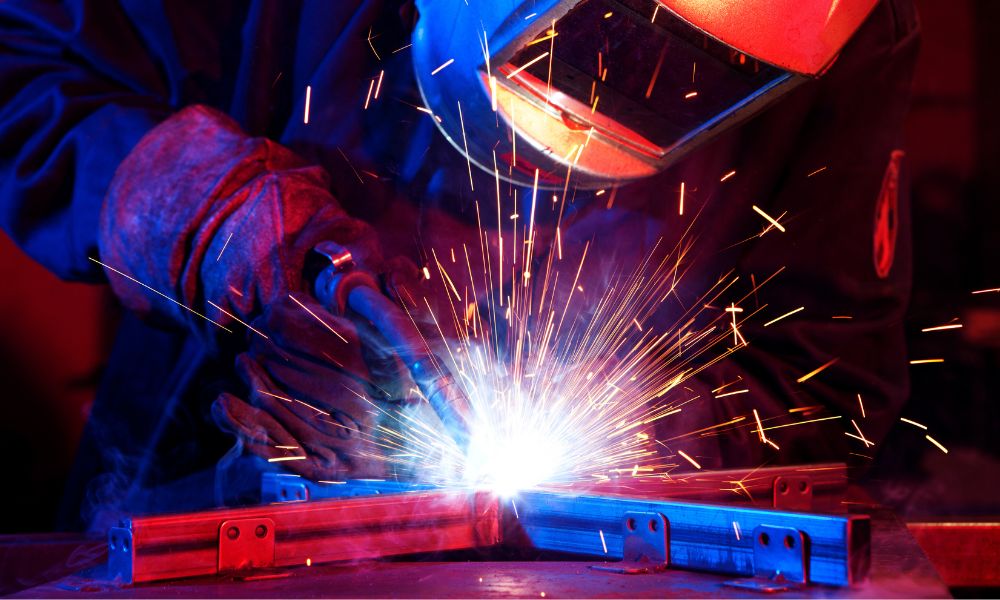
 technology
technology 
Welding is a vital process in the manufacturing industry that we have used for centuries. The process involves heating the pieces of metal to a molten state and then allowing the connected pieces to cool, fusing the metal pieces together. However, when joining metals, achieving the perfect weld requires skill, experience, and the right equipment. Whether you’re an industrial manufacturer, welder, or business owner, these tips for achieving a perfect weld will ensure you get it right every time.
The first step in achieving a perfect weld is choosing the right welding technique. Each welding technique has its pros and cons, and using the right one for your project is crucial.
For instance, MIG welding works best for welding thick metal, while TIG welding is perfect for thin and delicate materials. Stick welding is the best option for outdoor welding because it can withstand any weather condition. Determine the type of material you need to weld and the available welding techniques, then choose one that best suits your project.
Welding requires heat and electricity, which poses a potential threat to the welder and those around them. Proper welding safety gear is necessary to protect yourself from electric shock, fires, and other hazards. Before starting any welding project, ensure you have the correct protective equipment, such as gloves, welding helmets, glasses, clothing, and boots.
Before starting the welding process, it’s crucial to prepare the metal surface. Clean it off using a wire brush to remove any rust, dirt, or paint that may hinder a perfect weld. Proper preparation ensures good penetration, full fusion, and a strong weld. In addition, preheating the metal can help reduce distortion and improve weld quality.
You’ll also need the proper welding settings to achieve the perfect weld. Knowing the right welding parameters is crucial for achieving a strong joint. Factors such as the amperage, voltage, and wire feed speed affect the quality of the weld. Be sure to set the machine according to the specifications of the metal you’re welding.
Finally, perfecting your welding technique is essential to creating a strong weld. Practice welding on scrap metal to refine your technique and master the art of welding. Develop a steady hand, learn how to keep a consistent arc length, and master the art of welding different positions. The more you practice welding, the better you’ll become, and the better the quality of your welds.
Joining metals requires skill, experience, and proper equipment for best results, and practicing the tips above can enhance your skills. With the right tools and skills, achieving the perfect weld is attainable!
24World Media does not take any responsibility of the information you see on this page. The content this page contains is from independent third-party content provider. If you have any concerns regarding the content, please free to write us here: contact@24worldmedia.com